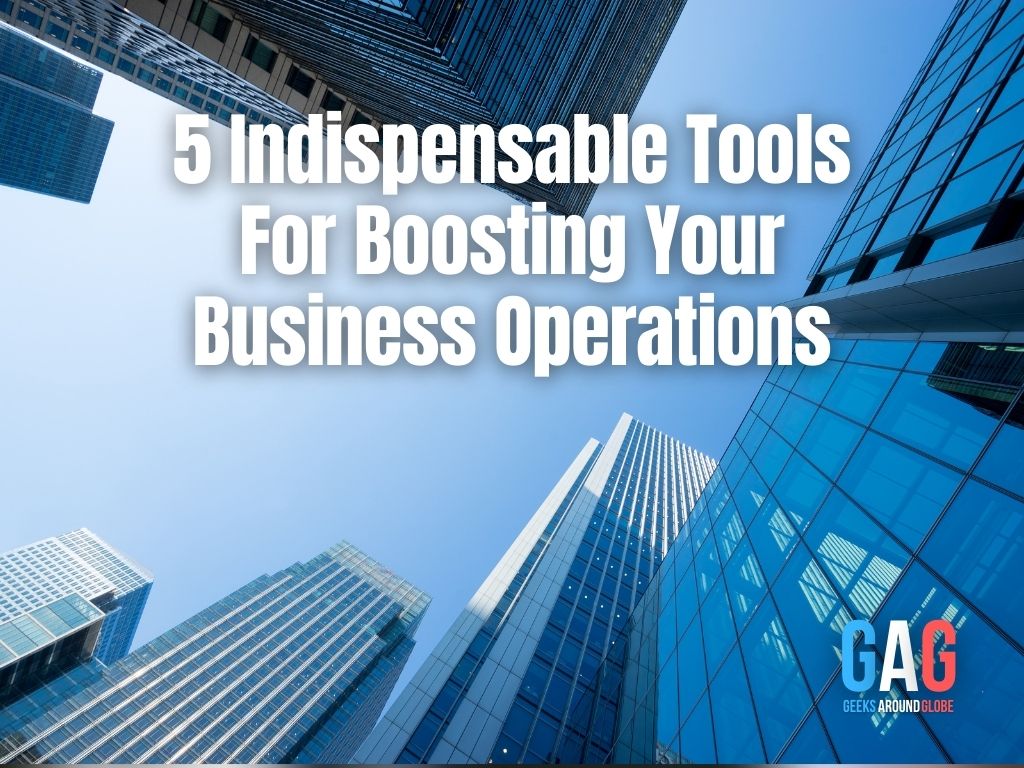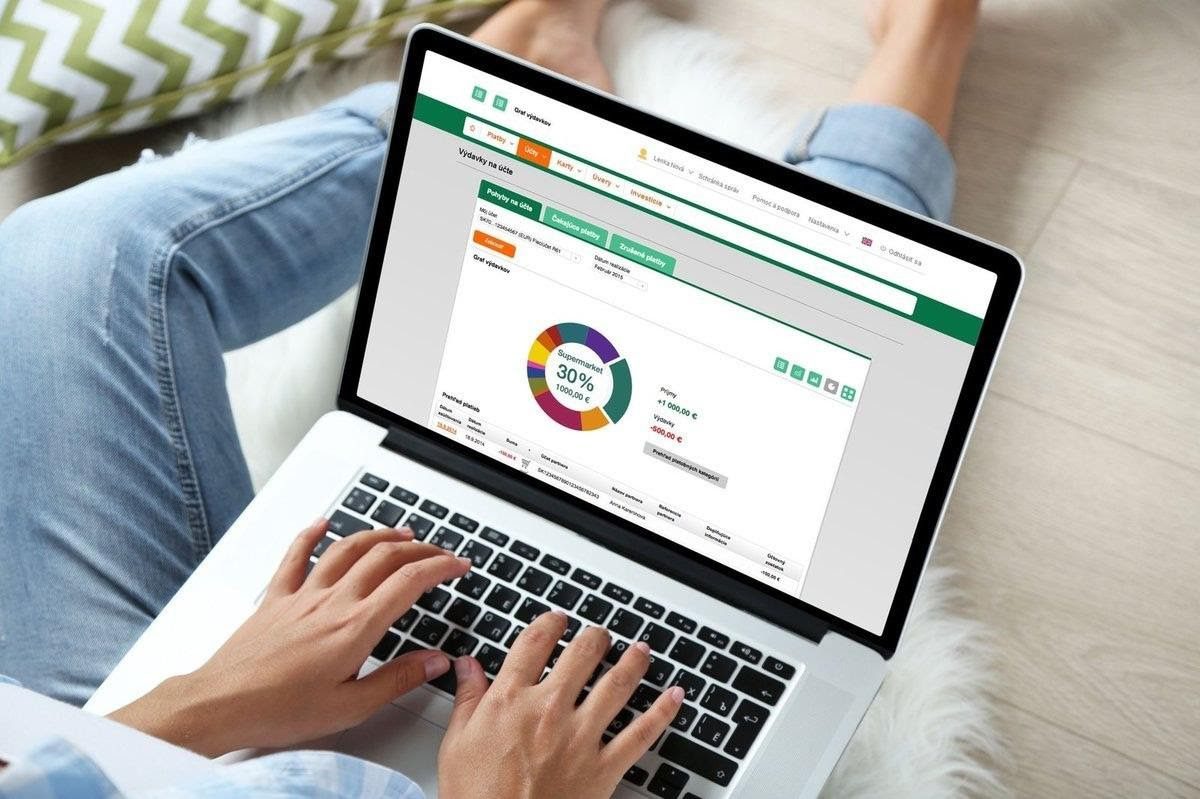As a business owner, one of the most important decisions you will make is the checkout process for your website.
You want to make it as easy and seamless as possible for customers to purchase your products, but you also want to ensure that you are collecting all the necessary information for your business.
This is where the decision between a one-page checkout and a multi-page checkout comes into play.
A one-page checkout is exactly what it sounds like — all of the necessary information for a customer to make a purchase is stored on one single page. This can include shipping information, billing information, payment information, and any other necessary fields.
On the other hand, a multi-page checkout process is when customers are taken through multiple pages in order to complete their purchase. This can include a page for shipping information, a page for billing information, and a page for payment information.
So, which checkout process is right for your business? Let’s figure it out in this article.
One-Page Checkout: Pros & Cons
One-page checkout is a popular eCommerce feature that allows customers to complete their entire checkout process on a single page rather than navigating through multiple pages.
While this streamlined process can be convenient for customers, it also comes with its own set of advantages and disadvantages.
Image credit: One Page Checkout Suite by Mageworx
Advantages of One-Page Checkout
- Convenience: This is probably one of the biggest advantages of one-page checkout. Rather than having to click through multiple pages to enter their information, customers can enter all their information on one page, making the checkout process faster and easier. This can lead to higher conversion rates, as customers are more likely to complete their purchases when the checkout process is quick and seamless.
- Personalization: Another advantage of one-page checkout is that it allows retailers to provide a more personalized experience for their customers. With all the information on one page, retailers can easily customize the checkout process based on the customer’s preferences and previous purchases. This can help to build stronger relationships with customers and increase customer loyalty.
- More mobile-friendly experience: With more and more people using their smartphones to shop online, having a one-page checkout process can make it easier for customers to complete their purchases on their mobile devices. This can lead to higher conversion rates and increased revenue for retailers.
However, there are also some disadvantages to one-page checkout. Some of them are as follows:
Disadvantages of One-Page Checkout
- More challenging optimization for conversions: With all the information on one page, it can be difficult to figure out the best layout and design to encourage customers to complete their purchases. This can lead to lower conversion rates and lost revenue for retailers.
- Less secure for customers: With all the information on one page, there is a higher risk of data breaches and security breaches. This can lead to customers being hesitant to enter their personal and financial information, which can lead to lower conversion rates and decreased trust in the retailer.
Overall, while one-page checkout can offer convenience and personalized experiences for customers, it also comes with its own set of challenges and drawbacks.
What about multi-page checkout?
Multi-Page Checkout: Pros & Cons
Multi-page checkout is another popular option, especially when it comes to eCommerce businesses. This checkout process involves dividing the checkout process into several different pages, with each page focusing on a specific aspect of the checkout process, such as entering personal information, selecting payment and shipping options, and reviewing the order.
While the multi-page checkout offers several advantages, it also has its disadvantages:
Image credit: Adobe Commerce
Advantages of Multi-Page Checkout
- More opportunities to upsell: With a multi-page checkout, businesses can strategically place upsell and cross-sell offers on specific pages of the checkout process. This can help you to increase the overall value of the customer’s order and improve the bottom line for the business.
- Improved security: The multi-page checkout process allows businesses to collect only the necessary information from customers, which can help to reduce the risk of fraud and protect sensitive customer data.
- Customization options: With a multi-page checkout, businesses can customize the checkout process to suit their specific needs and goals. This can include adding custom fields, redirecting customers to specific pages, and collecting additional information from customers.
Disadvantages of Multi-Page Checkout
- Longer checkout time: With a multi-page checkout, customers must navigate through several different pages to complete their purchase. This can increase the overall time it takes to complete the checkout process, which can be frustrating for customers and lead to abandoned carts.
- Increased potential for errors: Here, there are more opportunities for customers to make mistakes or enter incorrect information. This can result in delays or even failed transactions, which can lead to customer frustration and lost sales.
- Limited mobile optimization: Many multi-page checkout processes are not optimized for mobile devices, which can make it difficult for customers to complete their purchases on hand-held devices. This can limit the number of mobile conversions and reduce overall sales.
- Difficulty with testing and optimization: With a multi-page checkout, it can be challenging to test and optimize different aspects of the checkout process. This can limit the ability of businesses to improve the checkout experience and increase conversions.
- Compatibility issues: Some multi-page checkout processes may not be compatible with certain web browsers or devices, which can limit the number of customers who are able to complete their purchases on the website. This can reduce overall sales and revenue for the business.
Bottom Line
Which checkout flow should you choose? It ultimately depends on the specific needs of your business and your customers.
If you have a simple product offering and don’t need to collect a lot of information from customers, a one-page checkout may be the best option. However, if you have a more complex product offering or need to collect more information from customers, a multi-page checkout may be necessary.
The decision between a one-page checkout and a multi-page checkout is an important one for your business. It’s essential to weigh the pros and cons of each option and consider your business’s and customers’ specific needs in order to choose the right checkout process for your website.







